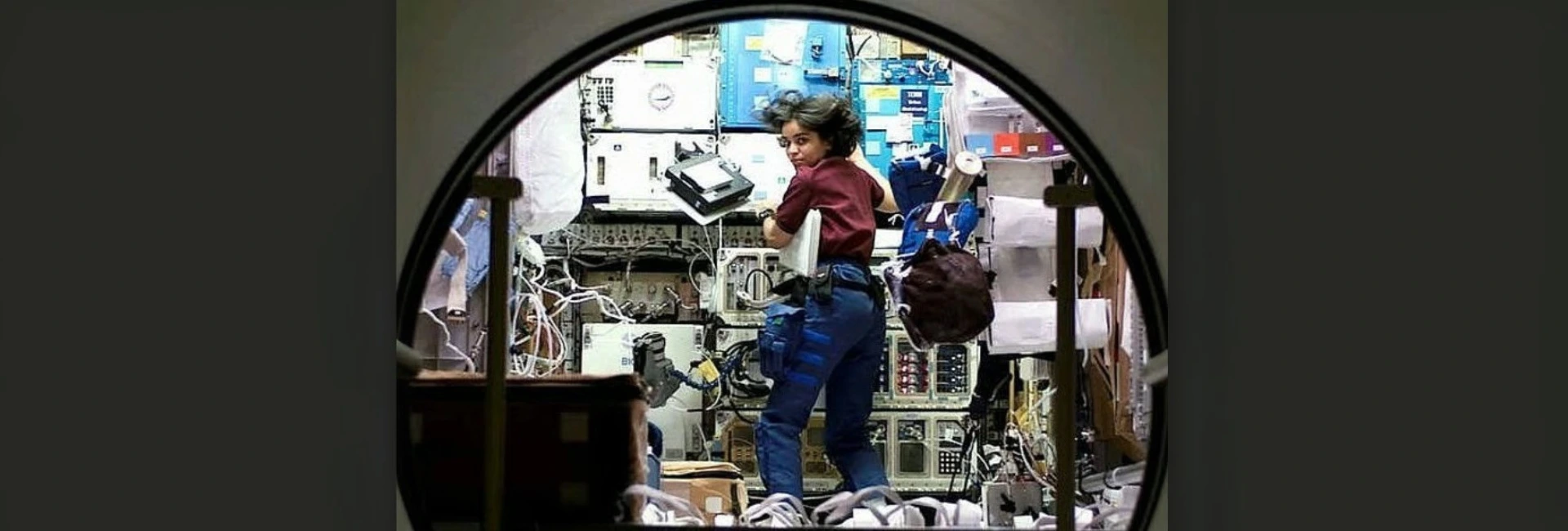(October 9, 2025) From early IIT engineers to astronauts Kalpana Chawla and Sunita Williams, Indian talent has played a defining role in the National Aeronautics And Space Agency’s (NASA)’s missions from the 1960s to today, their paths bound by science, skill, and the visas that made it possible.
“NASA is currently closed due to a lapse in Government funding.” This message, now displayed on NASA’s website, captures how the U.S. government shutdown has affected one of the world’s most admired scientific institutions. As majority of operations got halted starting October 1, 2025, more than 15,000 of NASA’s 18,000 employees have been furloughed.
Only those in positions deemed essential to protecting life and property continue to work. These include staff at Mission Control at Johnson Space Center in Houston, maintaining communication with astronauts aboard the International Space Station (ISS), and the Payload Operations Integration Center at Marshall Space Flight Center in Huntsville, Alabama, which monitors critical science missions.
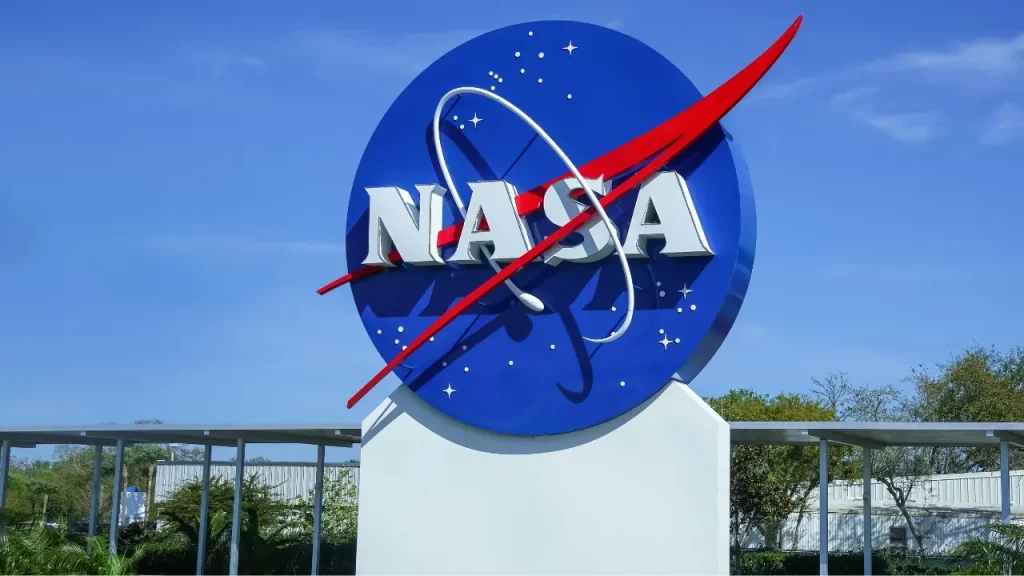
Work also continues on NASA’s Artemis program, designed to return humans to the Moon for the first time since 1972. Plans are advancing for Artemis II, a crewed mission around the Moon targeted for February 2026, and Artemis III, which aims to land astronauts on the lunar surface no earlier than 2027.
NASA’s leadership has emphasized that lunar missions remain a national priority amid global competition. It has reiterated that the United States intends to maintain its leadership in space exploration and continue partnerships with allied nations.
Amid this complex moment, Indian-origin scientists and engineers remain integral to NASA’s past and ongoing work. It’s a connection that began decades ago and continues through generations.
Early Indian engineers at NASA
The association between Indian scientists and NASA dates back to the 1960s, during the formative years of the U.S. space program. Graduates from Indian institutions such as the Indian Institutes of Technology (IITs) joined NASA centers under research and technical exchange programs. At Langley Research Center in Virginia and Ames Research Center in California, Indian-origin scientists have continued to expand NASA’s research frontiers. Dr. Meya Meyappan, a leading nanotechnology expert helped secure congressional support for the U.S. nanotechnology program and oversaw NASA’s use of nanotech in space missions.
Dr. Madhulika Guhathakurta led as Lead Program Scientist for NASA’s Living With a Star initiative, guiding the world’s first mission focused on the Sun and its effects on the Solar System. Dr. Suresh B. Kulkarni, often called the ‘Rocket Man’, served as Vice President of Engineering at Thiokol Space Division, earning NASA recognition for 55 successful rocket launches under the Space Shuttle Program and contributing to major rocket and missile designs. These early professional exchanges strengthened scientific cooperation between India and the United States.
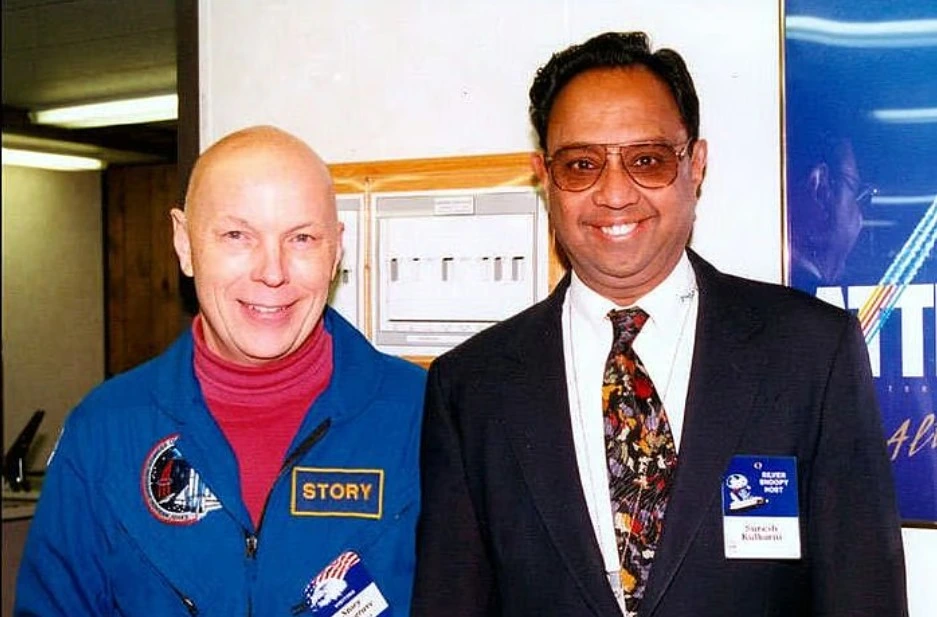
Dr Suresh B Kulkarni (right), aerospace engineer recognised by NASA for 55 successful rocket launches
When knowledge traveled both ways
The Indian scientists who trained or worked with NASA during the Apollo era carried their experiences back home. Many went on to contribute to the Indian National Committee for Space Research (INCOSPAR) and later ISRO, bringing with them insights into systems engineering, project management, and international collaboration.
In the 1970s, these foundations helped India develop its first Satellite Launch Vehicle (SLV) and later its independent space program. Early U.S.–India cooperation in space research created a two-way exchange of knowledge that continues today through projects such as NISAR (NASA-ISRO Synthetic Aperture Radar), a joint Earth-observation satellite mission.
From H-1 to H-1B: Expanding the horizon
The participation of Indian professionals in NASA’s workforce evolved alongside changes in U.S. immigration policy. In the 1950s and 1960s, scientists and engineers from India joined NASA and its research centers under the original H-1 visa, created for “distinguished professionals.” With the Immigration Act of 1990, this category was redefined as H-1B, shifting its focus from exceptional individuals to a broader group of highly skilled workers in “specialty occupations.” The change widened the talent pool available to American research institutions, allowing more engineers and researchers including many from India to join organizations such as NASA. Over the decades, this framework enabled Indian expertise to remain a consistent part of the agency’s scientific and technological programs.
Kalpana Chawla: The astronaut who bridged two worlds
Among the most enduring figures in India–NASA history is Dr. Kalpana Chawla. Born in Karnal, Haryana, in 1962, she earned a Bachelor’s degree in Aeronautical Engineering from Punjab Engineering College before moving to the United States for higher studies. She completed her Master’s degree at the University of Texas at Arlington and a Ph.D. in Aerospace Engineering at the University of Colorado Boulder.
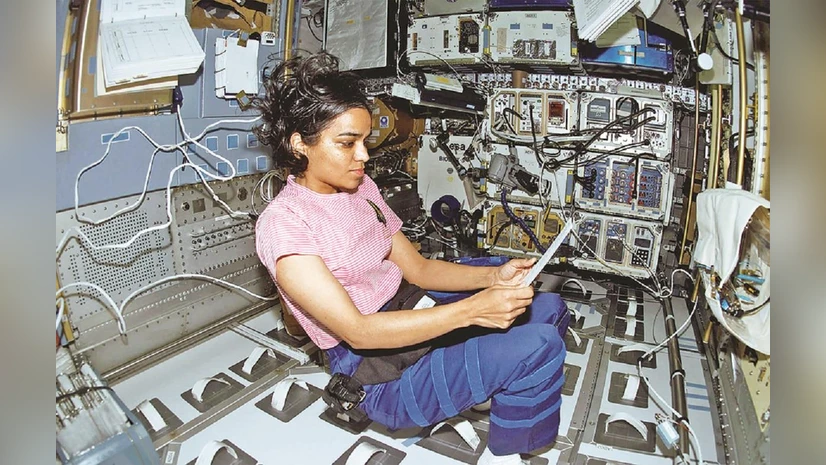
Late Kalpana Chawla, aerospace engineer turned astronaut
After completing her education, Chawla joined NASA’s Ames Research Center as an aerospace engineer, specializing in computational fluid dynamics. She became a naturalized U.S. citizen and was selected as an astronaut in 1994. In 1997, she flew aboard Space Shuttle Columbia on mission STS-87, becoming the first woman of Indian origin in space. Her second mission, STS-107, ended tragically in 2003, when Columbia disintegrated during re-entry. Chawla’s pioneering achievements remain a source of inspiration for students and scientists in both India and the United States.
Sunita Williams: A second generation immigrant reaches the stars
Following Kalpana Chawla’s path, Sunita Lyn “Suni” Williams (née Pandya) represents the next chapter in the story of Indian-origin astronauts at NASA. Born in Euclid, Ohio, she is the daughter of Dr. Deepak Pandya, a neuroanatomist who immigrated to the United States from Gujarat, India, and Bonnie Pandya, of Slovenian descent.
Sunita Williams graduated from the United States Naval Academy in 1987 and became a U.S. Navy helicopter pilot before joining NASA in 1998. She first flew to space in 2006 as part of Expedition 14/15 aboard the International Space Station (ISS), where she served as a Flight Engineer. In 2012, she commanded Expedition 33, becoming one of the few women to lead the ISS.
Williams has completed nine spacewalks, totaling 62 hours and 6 minutes, giving her the most spacewalk time of any woman astronaut. In 2024, as part of NASA’s Commercial Crew Program, she became the first woman to fly on a test flight of an orbital spacecraft, piloting Boeing’s Starliner during its crewed flight test.
Due to technical delays aboard the ISS, her mission was extended for over nine months. Today, she remains one of NASA’s most experienced astronauts. Williams’ journey as the daughter of an Indian immigrant and a product of American opportunity embodies the generational continuity of Indian participation in NASA’s human spaceflight program.
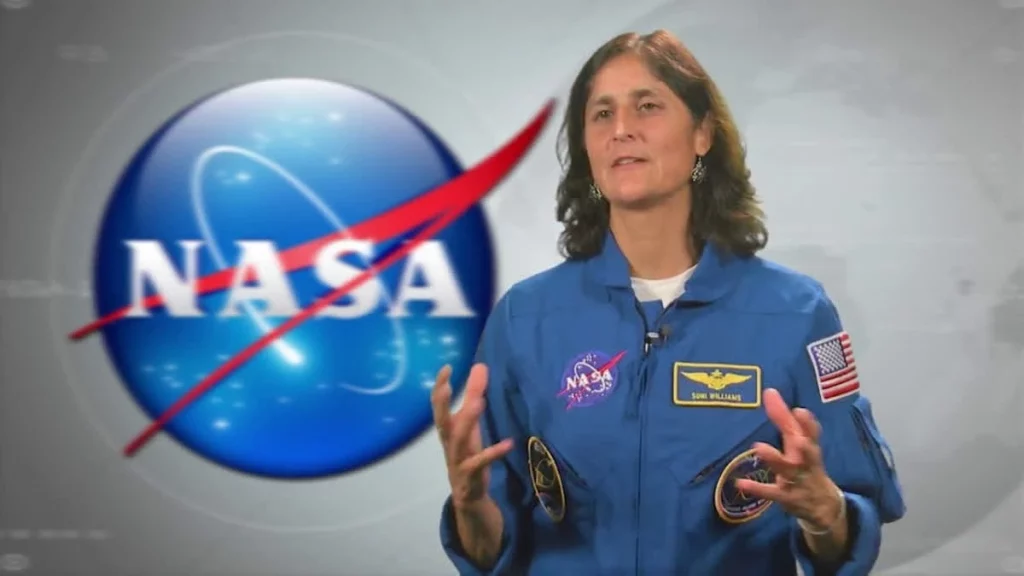
Sunita Williams, astronaut and veteran of multiple ISS missions
From Apollo to Artemis
The present era of space exploration continues to reflect that legacy. Indian-origin engineers and administrators are key contributors to NASA’s Artemis program, which aims to return astronauts to the lunar surface and lay the groundwork for future Mars missions.
At the Johnson Space Center in Houston, Dr. Amit Kshatriya serves as Deputy Associate Administrator for the Moon-to-Mars Program, coordinating efforts across NASA’s human exploration directorates. Dr. Swati Mohan, the Guidance and Controls Operations Lead for the Mars 2020 Perseverance Rover mission, gained international recognition during the rover’s successful landing in February 2021.
At Ames Research Center, Dr. Ravi Prakash has worked on systems design for Mars exploration missions, while Dr. Anita Sengupta’s exciting breakthrough, the Bose-Einstein Condensate became part of NASA’s Cold Atom Laboratory. Each Indian-origin professional represents a link in a long continuum — from the early engineers of the Apollo era, through pioneers like Chawla and Williams, to the generation now building humanity’s return to the Moon.
Migration and mobility
The participation of Indian professionals in NASA’s programs was made possible through academic collaborations and professional mobility frameworks, including work visas such as the H-1 and later H-1B categories. These mechanisms enabled scientists, researchers, and engineers to join U.S. institutions while contributing to global scientific advancement.
Over time, many of these individuals became permanent residents or U.S. citizens, forming a vibrant Indian-American scientific community that continues to shape NASA’s programs today.
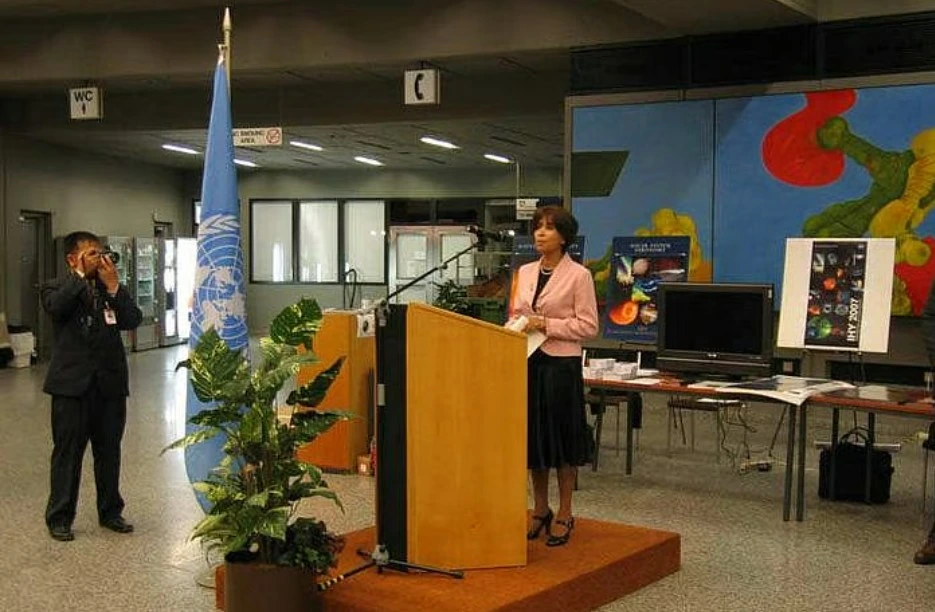
Dr. Madhulika Guhathakurta, Astrophysicist and NASA’s Lead Scientist for the Living With a Star program
Legacy of partnership
From the Apollo missions of the 1960s to the upcoming Artemis flights, Indian talent has remained a steady presence in NASA’s story. Their roles in laboratories, mission control rooms, and aboard spacecraft reflect the depth of cooperation between India and the United States in science and technology.
Even during NASA’s current partial shutdown, essential operations continue, many involving Indian-origin engineers and scientists. Their collective work highlights more than a six-decade legacy of collaboration between two nations united by curiosity and innovation.
Two nations, one sky
The journey from the early IIT engineers at NASA’s research centers to astronauts, the Indian talent has been part of America’s pursuit of space from the beginning.
Across continents and generations, these scientists have turned a connection that began either with study visas, work permits or parents’ migration into one of the world’s most enduring partnerships in exploration proving that, when it comes to space, India and America have always shared one sky.
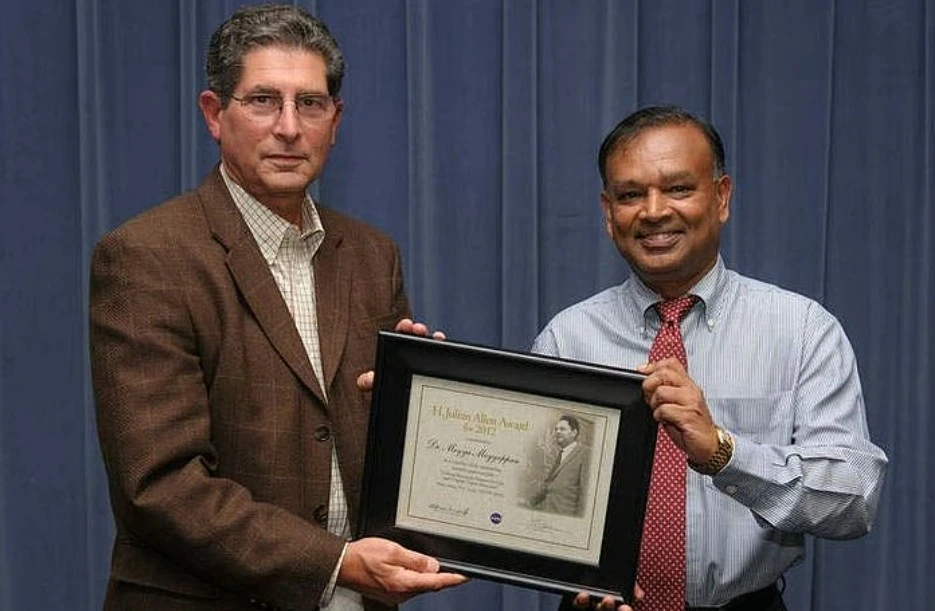
Dr. Meya Meyappan, former Chief Scientist at NASA Ames
Indian-origin professionals in NASA’s journey (From the days of Apollo to Shuttle to Mars to Artemis)
-
Dr. Suresh B. Kulkarni: Aerospace engineer and former Thiokol executive; recognised by NASA for 55 successful rocket launches under the Space Shuttle Program.
-
Dr. Madhulika Guhathakurta: Astrophysicist and NASA’s Lead Scientist for the Living With a Star program; leads research on the Sun and heliophysics.
-
Dr. Meya Meyappan: Chief Scientist at NASA Ames; pioneer in nanotechnology for space exploration and recipient of the IEEE Pioneer Award.
-
Late Dr. Kalpana Chawla: Aerospace engineer turned astronaut; first woman of Indian origin in space aboard Columbia missions STS-87 and STS-107.
-
Sunita Lyn Williams: Second-generation Indian-American astronaut; veteran of multiple ISS missions and pilot of Boeing’s 2024 Starliner crewed flight.
-
Dr. Amit Kshatriya: Deputy Associate Administrator for NASA’s Moon-to-Mars Program, overseeing Artemis mission integration.
-
Dr. Swati Mohan: Guidance and Controls Operations Lead for the Mars 2020 Perseverance Rover landing in 2021.
-
Dr. Ravi Prakash: Systems engineer at NASA Ames; worked on design and surface operations of Mars rover missions.
-
Dr Anita Sengupta: Aerospace engineer and former JPL project manager; designed the parachute for the Curiosity Rover’s Mars landing.
This list features some of the notable Indian-origin achievers associated with NASA, however many others have also made important contributions to its journey.
ALSO READ: 2025’s Most Anticipated Moment: Sunita Williams and her crew’s return to Earth from Space
